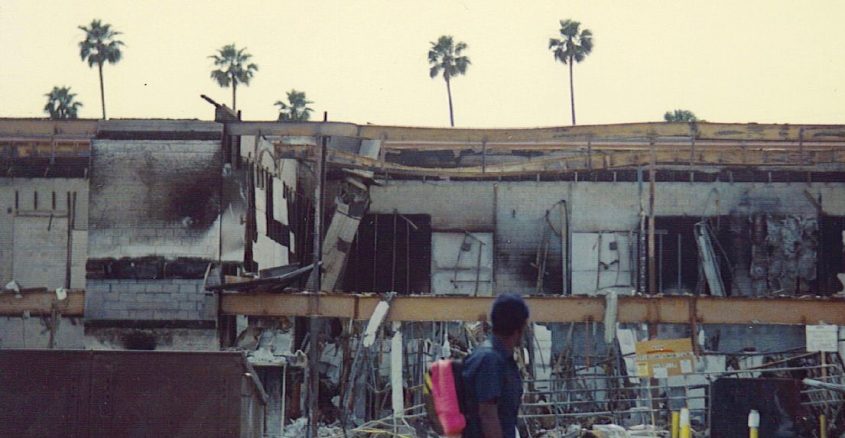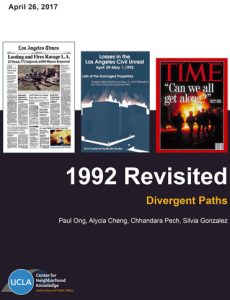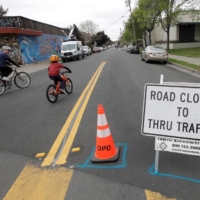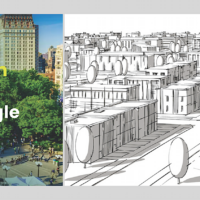
Disadvantages Persist in Neighborhoods Impacted by 1992 L.A. Riots Little economic progress is found in areas most impacted 25 years ago by civil uprisings, UCLA Luskin researchers report
By Stan Paul
A new report by UCLA Luskin researchers finds that despite initiatives launched by community groups, foundations and governmental agencies in the aftermath of the 1992 Los Angeles riots, little has changed economically within the city’s most-damaged areas.
It has been 25 years since the tumultuous events that followed the acquittal of LAPD officers in the beating of Rodney King. In addition to more than 50 people who died and thousands of arrests, there was an estimated more than $1 billion in damage in and around South Los Angeles during the days-long riots, which garnered worldwide attention.
“By and large, these areas have not gotten better; in some instances, they have actually gotten worse,” said Paul Ong, director of the UCLA Center for Neighborhood Knowledge (CNK), who led a research team in assessing the condition of these areas over 25 years. The CNK is based at the UCLA Luskin School of Public Affairs.
Ong said the team examined demographic and economic data related to the area of the Rebuild L.A. program boundaries that were drawn up in 1992 in the aftermath of the civil unrest. These were based in part on curfew boundaries from the Watts riots in 1965, said Ong, also a professor of urban planning and social welfare in the UCLA Luskin School of Public Affairs.
The study is based on analysis of multiple data sources, and the researchers conducted separate analyses for six sub-regions. The work required extensive efforts to reconcile changes in census boundaries during the past two-and-a-half decades to ensure accurate statistics. The report, which was co-sponsored by the UCLA Institute for Research on Labor and Employment, shows that with the exception of the northeast section of South Los Angeles, unemployment and poverty have worsened in the remaining areas — traditionally among the most disadvantaged areas of the city.
In these areas, Ong said he suspects that “bigger forces were working against them,” such as lingering effects of the recession and growing inequality, which has affected L.A. County in general.
According to the report, per capita retail sales in these areas have fallen, due in part to a relative paucity of larger retailers in the area.
The team also noted that in 1992 South Los Angeles was predominantly African-American but is now home to Hispanics in higher proportions.
Ong said the study is unique in compiling statistics from three sources: the Los Angeles Department of Building and Safety, the Korea Central Daily newspaper in Los Angeles and the California Department of Insurance. This information showed that all areas were not affected equally.
The data focuses on communities in which organizations seeking to improve neighborhoods have energized and encouraged change, Ong said. “Without these efforts, the neighborhoods would likely be in far worse economic shape,” according to the report.
Findings and recommendations from the report include:
- A renewed commitment to revitalizing the affected areas is critical to reshaping their future economic trajectories.
- Renewed stakeholder efforts to address development challenges are integral.
- People and place strategies should be inclusive, driven by local residents, leaders, businesses and organizations.
“The lesson of the last quarter-century is that much more work is needed,” Ong said.










Leave a Reply
Want to join the discussion?Feel free to contribute!